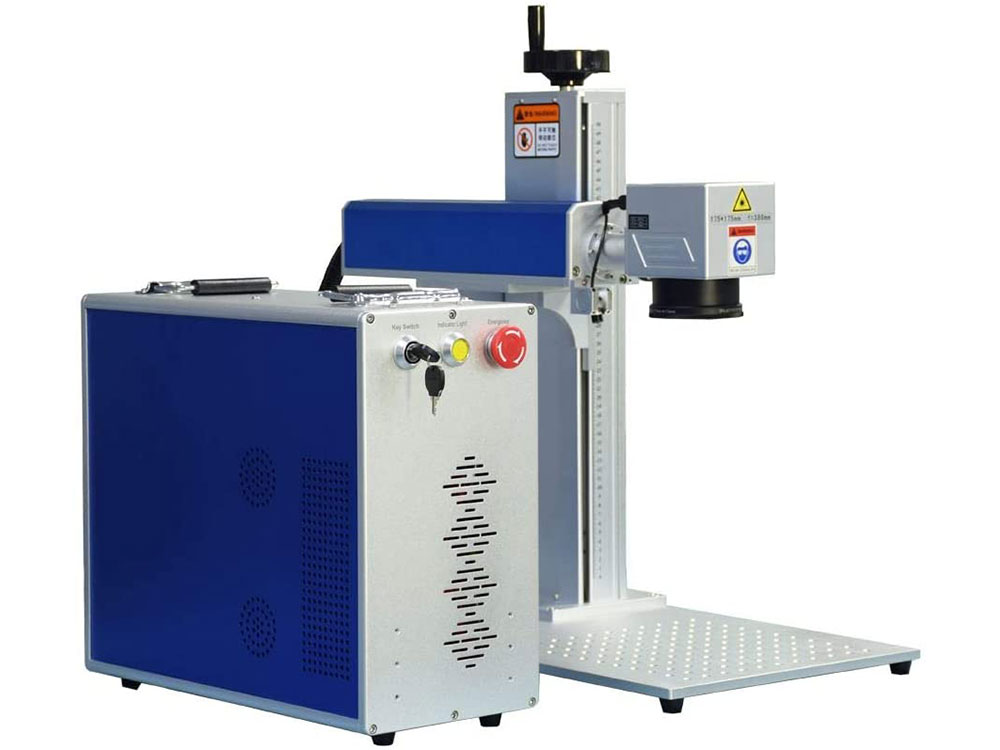Fiber Laser Marking Machines effectively address challenges related to burr formation during the marking process through several key mechanisms:
- Non-Contact Marking: Fiber Laser Marking Machines utilize a non-contact marking process, whereby the laser beam directly interacts with the material’s surface to create marks. Unlike mechanical marking methods, such as engraving or stamping, there is no physical contact with the material, minimizing the generation of burrs.
- High Precision and Control: Fiber lasers produce a highly focused and intense beam of light, allowing for precise control over the marking process. This precision enables the creation of clean, sharp, and well-defined marks without excessive heat buildup or material displacement that could lead to burr formation.
- Minimal Heat Affected Zone (HAZ): Fiber lasers operate at wavelengths that are highly absorbed by many materials, resulting in localized heating and minimal thermal diffusion. This leads to a small Heat Affected Zone (HAZ) around the marked area, reducing the likelihood of burr formation due to overheating or material deformation.
- Fine Spot Size: Fiber Laser Marking Machines are capable of producing a small and well-defined laser spot, even at high power levels. The fine spot size allows for precise marking with minimal material displacement, minimizing the formation of burrs along the edges of the marked area.
- Fast Processing Speeds: Fiber lasers can operate at high speeds while maintaining excellent marking quality. China Fiber Laser Marking Machine factory The rapid processing speeds reduce the dwell time of the laser beam on the material’s surface, minimizing the risk of excessive heat buildup and burr formation during the marking process.
- Adaptive Pulse Control: Many Fiber Laser Marking Machines feature adaptive pulse control technology, which allows operators to adjust the pulse duration and frequency of the laser beam. This capability enables optimized marking parameters for different materials and applications, reducing the likelihood of burr formation.
- Integrated Air-Assist Systems: Some Fiber Laser Marking Machines are equipped with integrated air-assist systems that blow away debris and molten material during the marking process. This helps prevent the accumulation of material residues that could lead to burr formation on the marked surface.
- Advanced Marking Software: Fiber Laser Marking Machines often come with advanced marking software that allows users to customize marking parameters and optimize marking patterns for specific applications. By fine-tuning the marking settings, operators can minimize the risk of burr formation while achieving precise and consistent marking results.
Overall, Fiber Laser Marking Machines offer a combination of high precision, controlled heat input, fine spot size, fast processing speeds, adaptive pulse control, integrated air-assist systems, and advanced software capabilities that collectively contribute to minimizing burr formation during the marking process. These machines provide a reliable and efficient solution for achieving clean and burr-free marks on a wide range of materials and applications.
